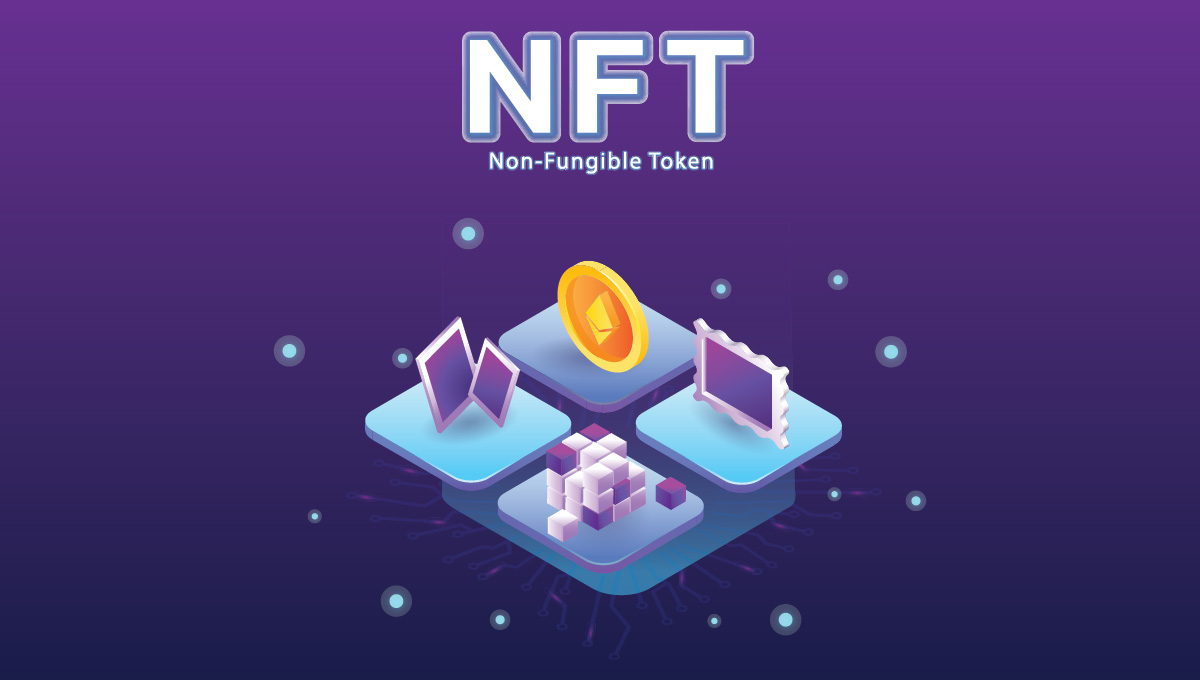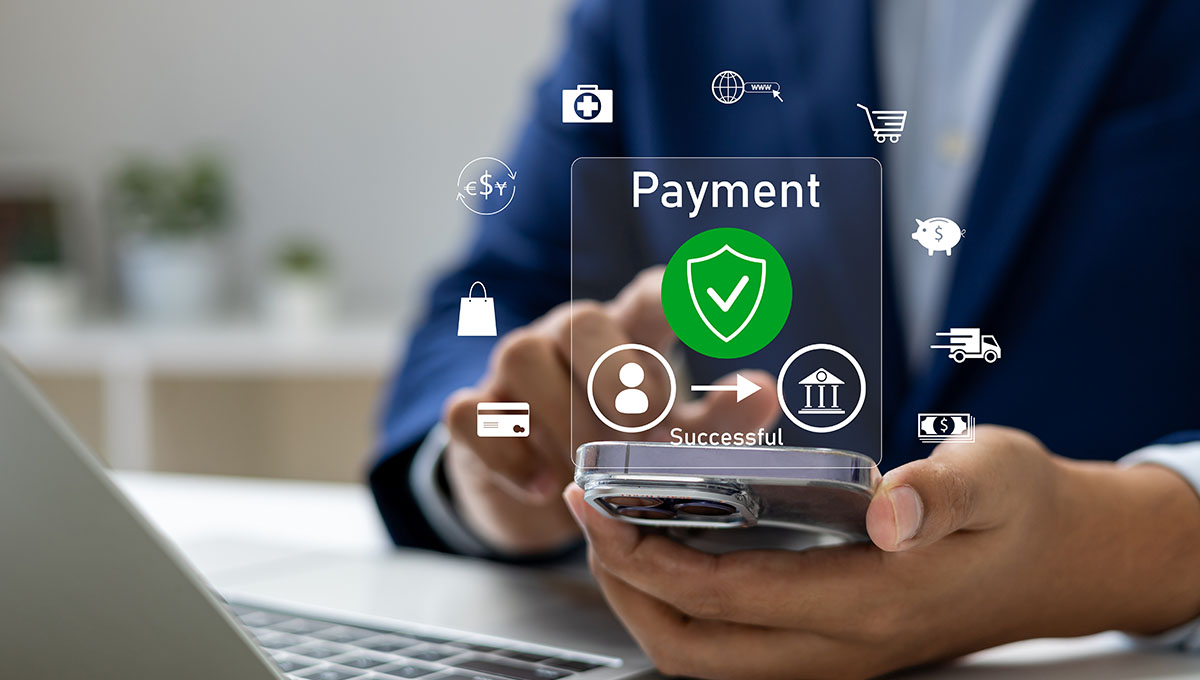Dear Friends,
As we move forward in the second half of the year, I continue to hope that we will meet in person soon. Until then, the planning is on for a Section Conference later this year.
In terms of my work last month, the topic of compelling interest would be Non-Fungible Tokens (NFTs). I had the pleasure to consider NFTs not just at a technical level, for my daughter who is an artist, but also from a legal perspective for a client. I enjoyed analysing this exciting digital response to collectibles, given that Bitcoin was once the digital answer to currency. Whether NFTs will last or not is anybody’s guess right now. And even though Christies trades in NFTs, NFTs don’t need an intermediary to be sold.
The word ‘fungible’ in the name of the token highlights its unique properties: its identification code and metadata cannot be interchanged with anything else. We are all used to representing clients dealing with fungible assets (exchangeable for equal value), such as money, Bitcoin, and other cryptocurrency tokens. But data in an NFT is one of a kind, distinguishing it from every other NFT. An NFT may contain data relating to, say, a piece of art, structure, tickets to a concert, etc., which may be a challenge to replicate. Nonetheless, the NFT alone has no tangible form of its own. It is minted from those digital objects that represent both tangible and intangible items.
This leads us to focus on the NFT’s underlying collectible. One may consider it a certificate of ownership for virtual assets. Is it, then, a digital certificate of ownership of a ‘tokenized’ artwork, which is bought and sold? Is it an autographed print of the work by the artist? The blockchain, essentially a decentralized digital ledger that documents transactions, is then used to create a shared ledger of ownership, which can be tracked. Since blockchains are unchangeable digital ledgers that record transactions in ‘blocks’ of computer code, which are time stamped and linked together, chances are transactions are stored permanently. And, in many ways, the validity of blockchains erases any fear of piracy and forgery.
Artists, like my daughter, are interested in the smart contract in NFTs, which allows them to potentially earn royalty on each future sale of the NFT. My daughter was particularly interested in use limitations, NFT access, managing the market for the NFT, and establishing ownership. She had an interesting question, which I hope some of you may answer: does the ‘smart contract’ recognise royalty payment if the NFT is resold on a different platform? At a fundamental level, does your jurisdiction recognise resale rights relating to creative works? Will the artist have any recourse to unpaid resale royalties in your jurisdiction if it does not recognise such resale rights?
As of now, my daughter’s questions on art are limited to the copyright ownership of works, and related issues such as restrictions and infringement. Interestingly, these questions are linked with NFTs. Given that the artist retains the copyright in her/his art, are NFT purchasers paying too high a value when they don’t receive the rights associated with the underlying art? Is there a potential for litigation when each party understands its rights associated with an NFT?
Such unresolved issues have kept me dwelling on the legal aspect of NFTs; and I must admit that it will take time for all the pertinent questions to be raised, answered, and finally addressed. Issues relating to data protection, data storage, market manipulation, and whether NFT players need to be regulated will need to be considered. With the high demand on energy that blockchain commands, what if the server hosting the digital asset goes offline? If the link between the digital asset and the NFT breaks, would the NFT become worthless? What recourse would the NFT holder now have? Will everything be lost? How will the profit and loss (P&L) statement reflect such a loss of ‘asset’?
It is not just art that is being tokenized as an NFT. One reads of various experiences and memorabilia relying on NFTs for monetising. I guess Jack Dorsey’s NFT of the first-ever tweet – which he sold for over $2.9 million – is the most tweeted about NFT. Though digital artist Beeple would be the one who rules social media.
As we watch social media on the evolution and adoption of NFTs, let’s step back and think of the potential legal issues that are lurking in the background of these tokens.
Food for thought as many of you holiday in the summer. Keep the messages coming and discussions on.
Warm regards,
Sajai Singh
Chair, IBA Technology Law Committee












Sajai's broad-based practice focuses on Mergers, Acquisitions, Joint Ventures, strategic alliances, restructurings and financings (whether debt or equity), with particular emphasis on cross- border transactions.